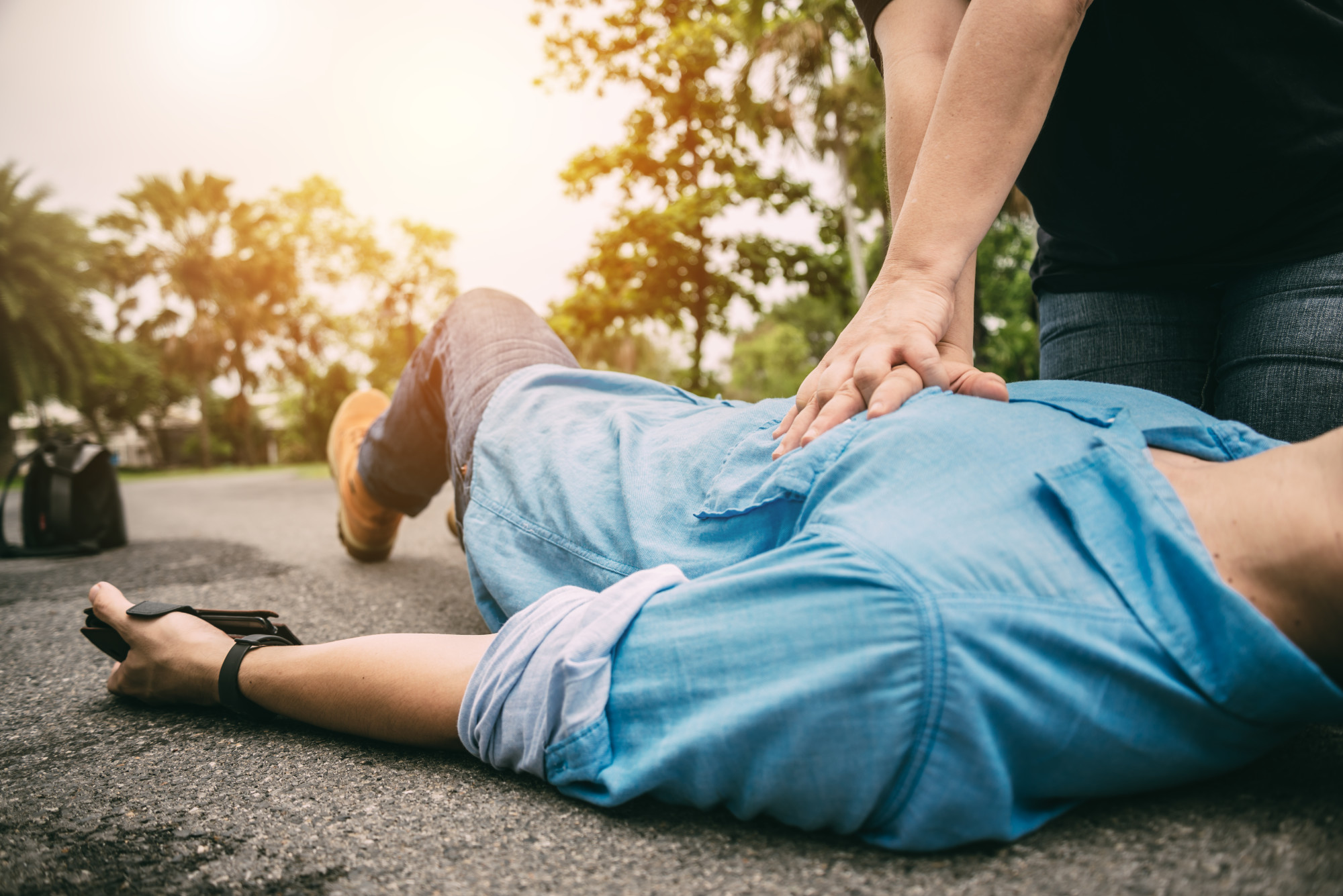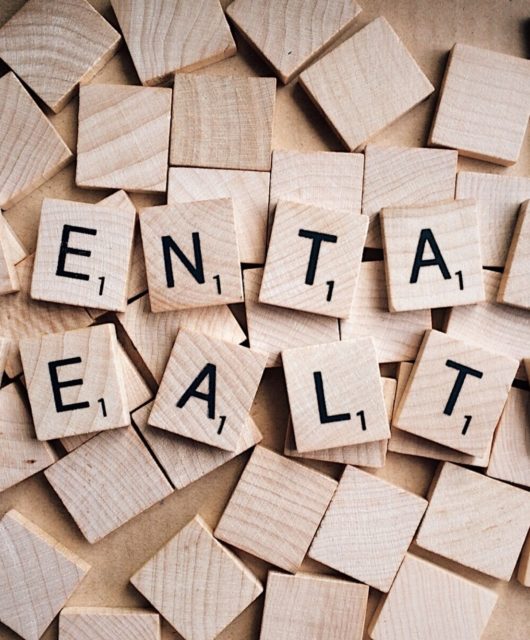What Is CPR? What Is the Purpose of CPR?
 The research states that cardiac arrest is still a serious public health issue. Annually, there are more than 356,000 out-of-hospital cardiac arrests (OHCA), with about 90% being fatal.
The research states that cardiac arrest is still a serious public health issue. Annually, there are more than 356,000 out-of-hospital cardiac arrests (OHCA), with about 90% being fatal.
Scenes in movies and on TV make it look easy, but CPR can be intimidating for those without formal training. At the same time, you might wonder, “what is the purpose of CPR?”
CPR is a lifesaving technique that can reverse a patient’s cardiac arrest symptoms. If you learn CPR, you’ll know how to help others in need. More importantly, you’ll help prolong their lives until professional medical intervention arrives.
We’re here to break it down for you in this article, so you feel confident in knowing how to perform it should you ever need to.
Table of Contents
What Is the Purpose of CPR?
It’s composed of chest compressions and rescue breaths that help get the heart going again. CPR is beneficial in extreme cases and, when performed correctly, can help save someone in cardiac arrest. Proper training is essential before performing CPR, as there’s a risk of injury.
Knowing the basics of CPR can be the difference between life and death in an urgent situation. All in all, this purpose is to help save a person’s life when their heart has stopped beating and keep circulating the oxygen to their brain and other vital organs.
The Physiological Effects of CPR
CPR guide and the process can cause several physiological effects, including restoring blood flow to the heart and other organs, providing oxygen to the brain, and restoring normal heart rhythm. When CPR is performed correctly, it can help to restore the heart’s natural rhythm. It can also increase the amount of oxygen in the blood, allowing it to be pumped to vital organs.
Identifying Who Should Receive CPR
If they’re not breathing and you cannot feel a pulse, you should perform CPR immediately. You should not do CPR if the individual isn’t in cardiac arrest, as it can cause further injury. Other signs to look for before CPR include sudden collapse, no breathing, or a weak pulse.
In addition to discerning if someone is in cardiac arrest, it’s essential to consider if you’re trained and certified to conduct CPR. If not, another qualified person should be identified to give CPR. Ultimately, the decision to provide CPR is based on the individual assessment of the situation.
How to Perform CPR for Pets?
First, check to make sure the pet isn’t breathing by placing your ear near its mouth/nose and feeling for chest movement. If the pet is not breathing, wrap your hands around its ribcage to support the animal, and seal the animal’s mouth by placing your mouth around theirs. Push down on the animal’s ribcage to compress its heart.
Do this for one minute, then check to see if the pet has regained its heartbeat, pulse, and respiration. Provide oxygen by blowing onto the nose or mouth if needed. If you need more knowledge about this, visit the MyCPR NOW Pet First Aid and learn some CPR tips for pets.
Learn More About CPR Process
Now that you know the purpose of CPR, it’s an essential lifesaving technique. Although the knowledge is not difficult to learn, we should all learn CPR to help ensure that those around us remain safe. Take action right now and find a CPR certification course in your area.
Read our other blogs if you find this article helpful!









